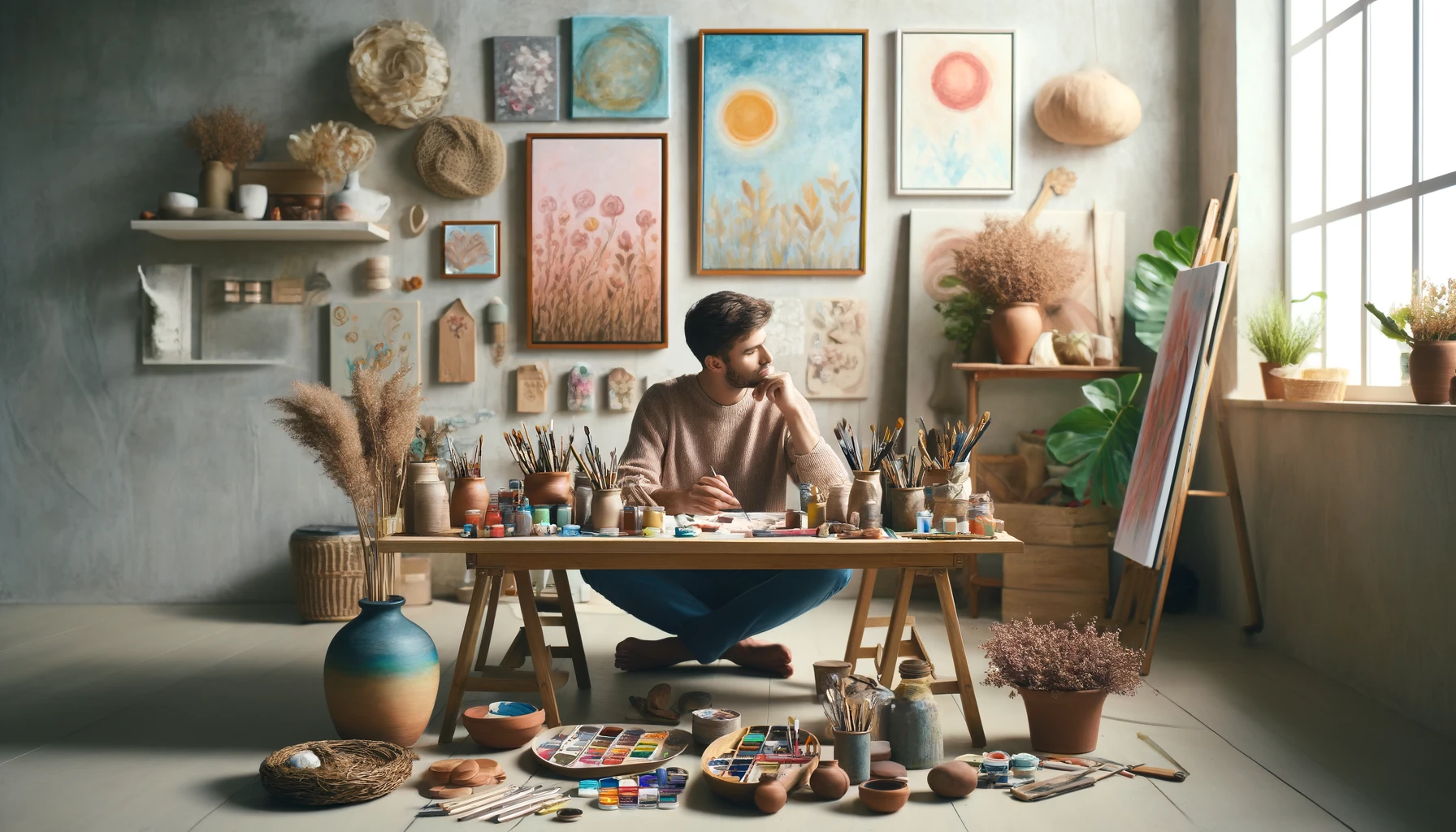Unlocking Creative Expression: Practical Art Therapy Techniques for Everyone
Have you ever felt the urge to express yourself but struggled to find the right words? Art therapy offers a unique solution to this, allowing individuals, including those without any artistic background, to communicate and understand their emotions in a profound way. By engaging in simple, yet effective art therapy activities, non-artists can explore their inner world, manage stress, and enhance overall well-being.
Understanding Art Therapy
Art therapy combines psychological principles with the creative process to improve mental health and well-being. It’s not about producing gallery-worthy artworks but about letting the artistic process influence your emotional landscape. This therapy modality is beneficial for all, irrespective of artistic skills, as it focuses on the process rather than the final product.
The Benefits of Art Therapy
Research supports the benefits of art therapy in various settings, showing it can reduce symptoms of anxiety, depression, and stress. According to the American Art Therapy Association, engaging in forms of visual expression helps people of all ages to explore emotions, develop self-awareness, cope with stress, boost self-esteem, and work on social skills.
Practical Art Therapy Exercises for Non-Artists
Collage Creation
Start by gathering magazines, old photos, and any colourful papers. Without overthinking, cut out images and words that resonate with your current emotions or how you aspire to feel. Arrange these on a canvas or a large sheet of paper. The act of selecting and assembling these pieces can uncover hidden feelings and lead to insightful discussions about your emotional state.
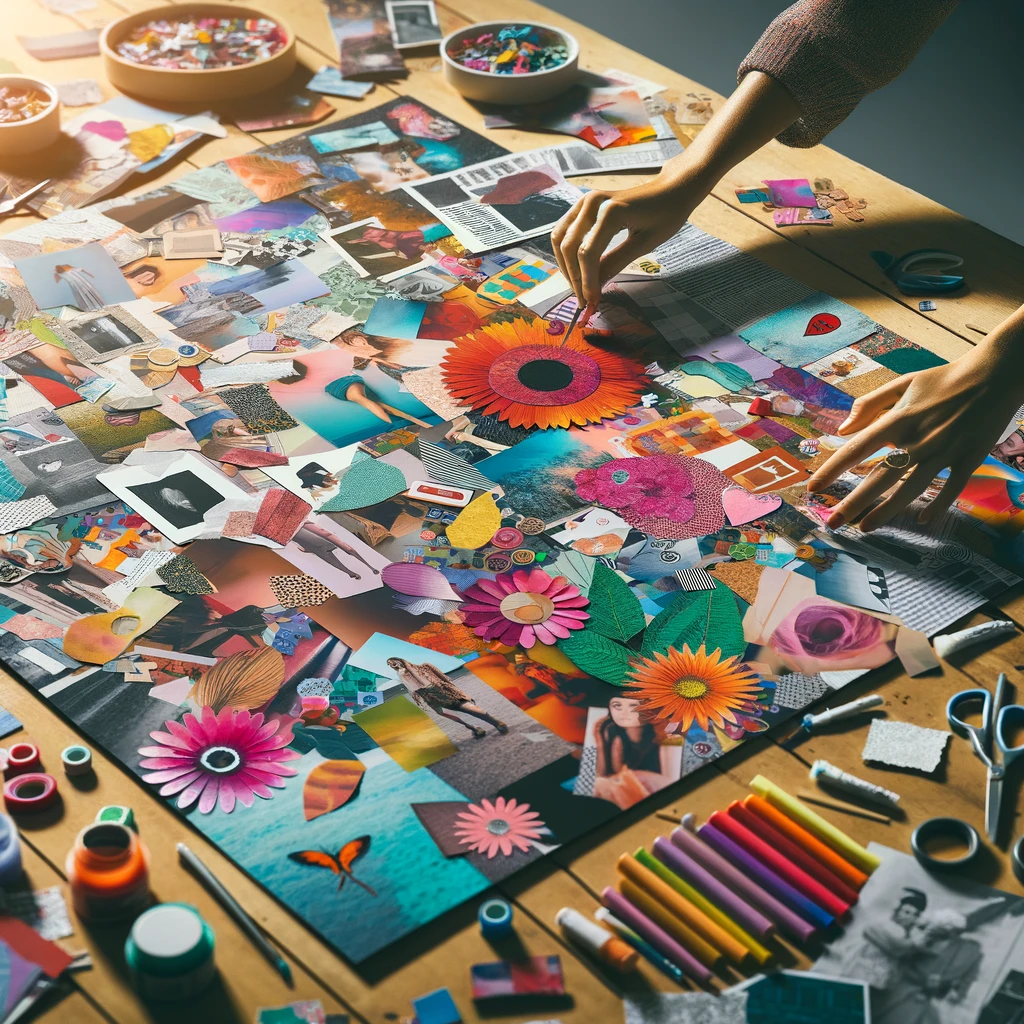
Mandala Drawing
Mandalas are intricate designs that originate from a central point. Creating a mandala involves drawing circular designs, which can be a meditative and calming experience. Use a compass or trace around objects to start your mandala, and fill in the shapes with colours that reflect your mood or desired emotional balance.
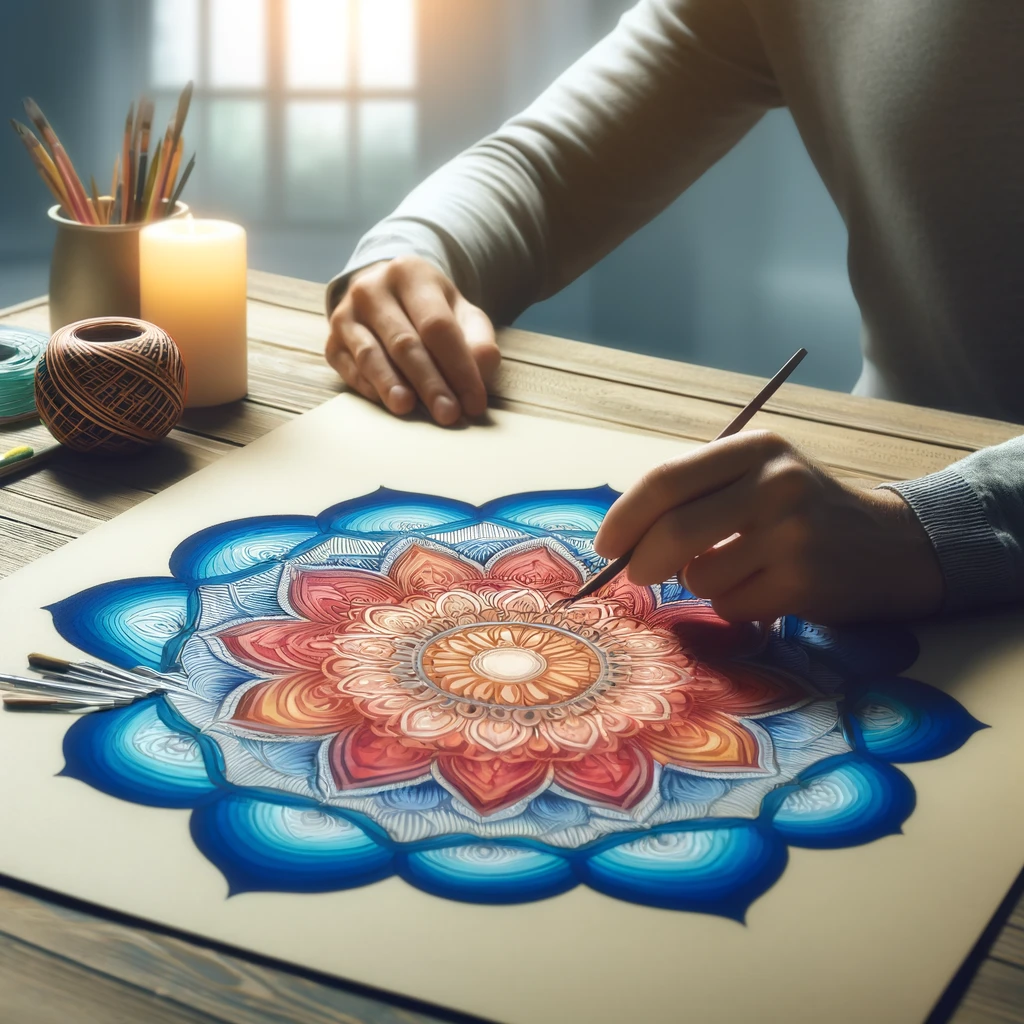
Scribble Drawing
This exercise involves closing your eyes, grabbing a crayon, pencil, or marker, and scribbling without any aim for a few seconds. Once done, look at your scribble and use colours to fill in the spaces. Often, the shapes and forms that emerge can symbolise feelings and thoughts you weren’t initially aware of.
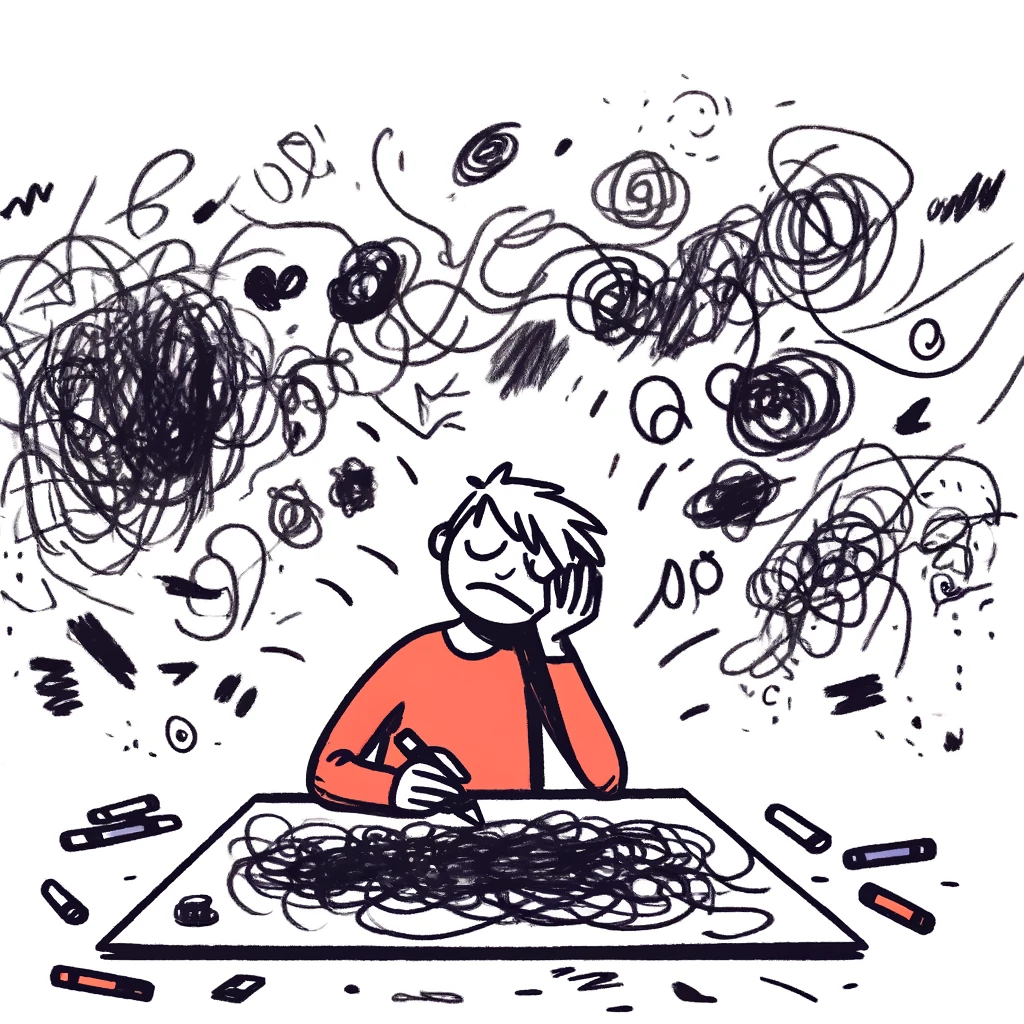
Clay Work: Working with clay can be deeply satisfying as it involves tactile engagement. Start with a lump of clay and manipulate it without a set plan. Focus on the feeling of the clay in your hands. Whether you make a recognisable object or a simple form, the act of moulding and shaping can help express emotions that are hard to articulate.
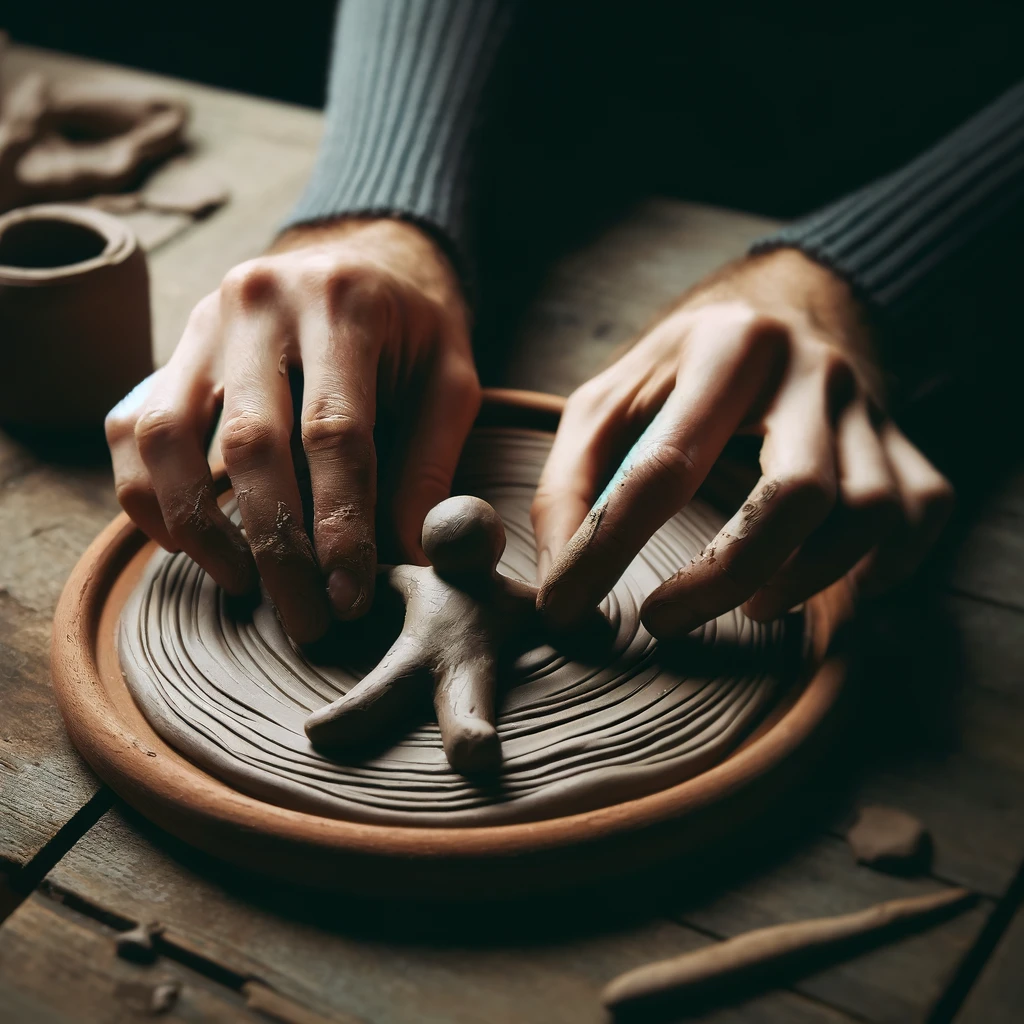
Nature Art: Collect natural materials like leaves, flowers, sticks, or stones. Use them to create a temporary piece of art in a natural setting. This exercise not only gets you outdoors but also helps you connect with nature while expressing creativity.
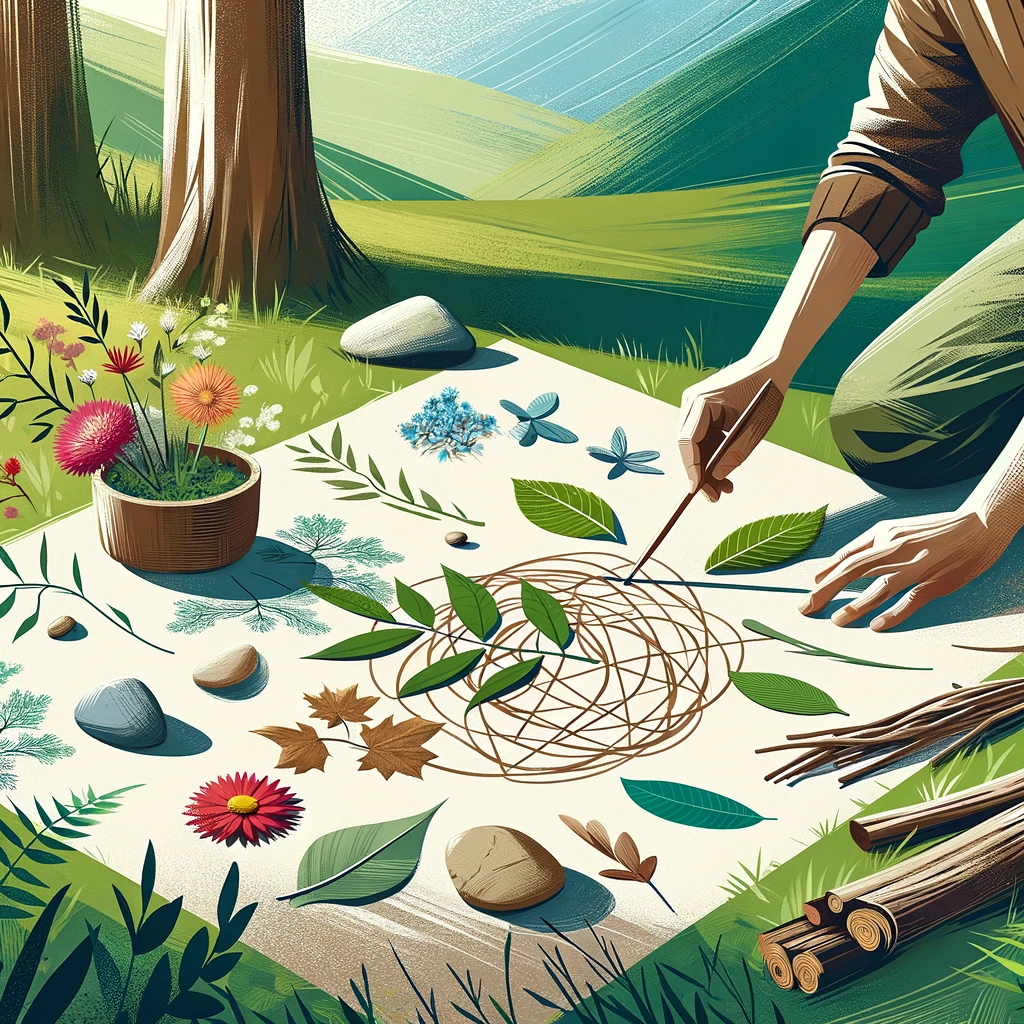
Colour Your Mood: Use colours to express your current emotional state with coloured pencils, markers, or paints. The colours you choose can represent your feelings and help you explore your emotional state.
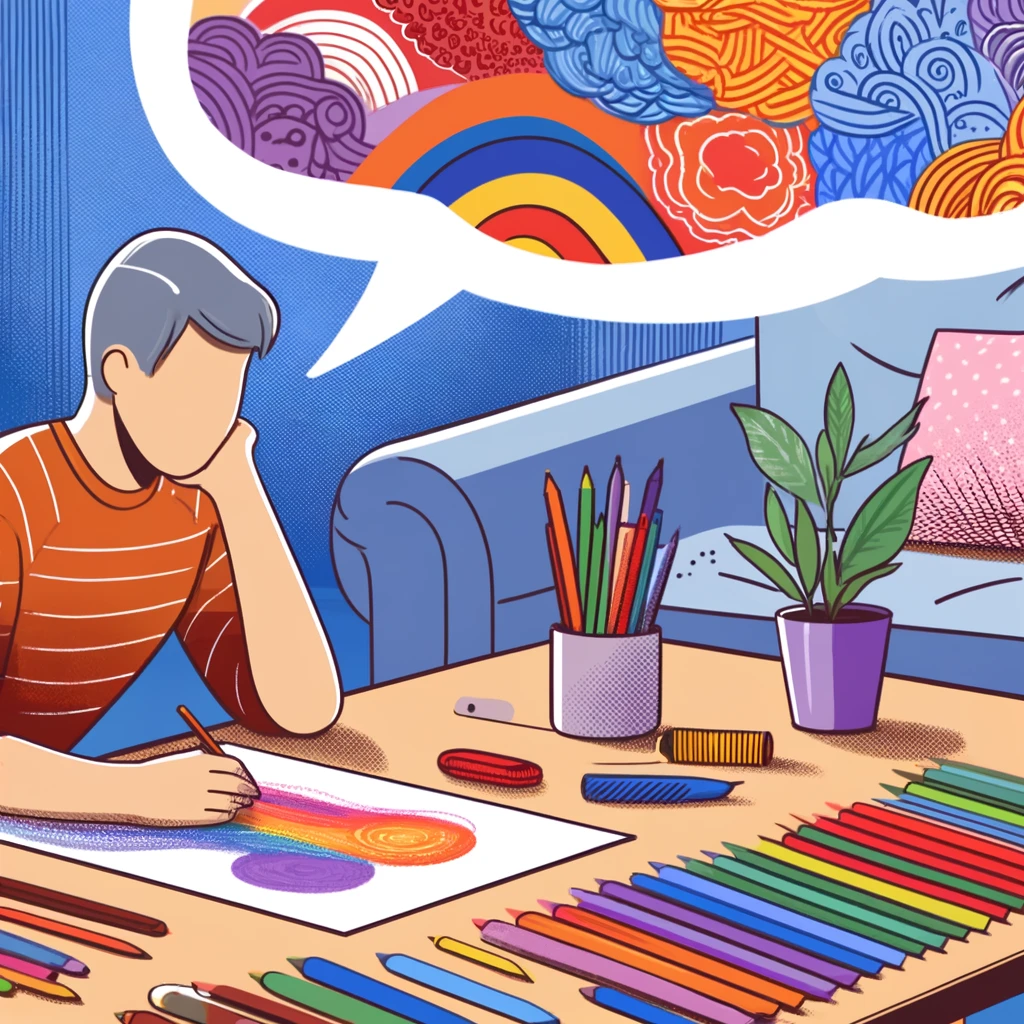
Photography Walks: Capture images that resonate with your feelings during a walk. This can help you see your environment in new ways and explore subconscious thoughts.

Self-Portrait Without a Mirror: Draw or paint a self-portrait from your imagination to explore your self-image and how you perceive yourself.
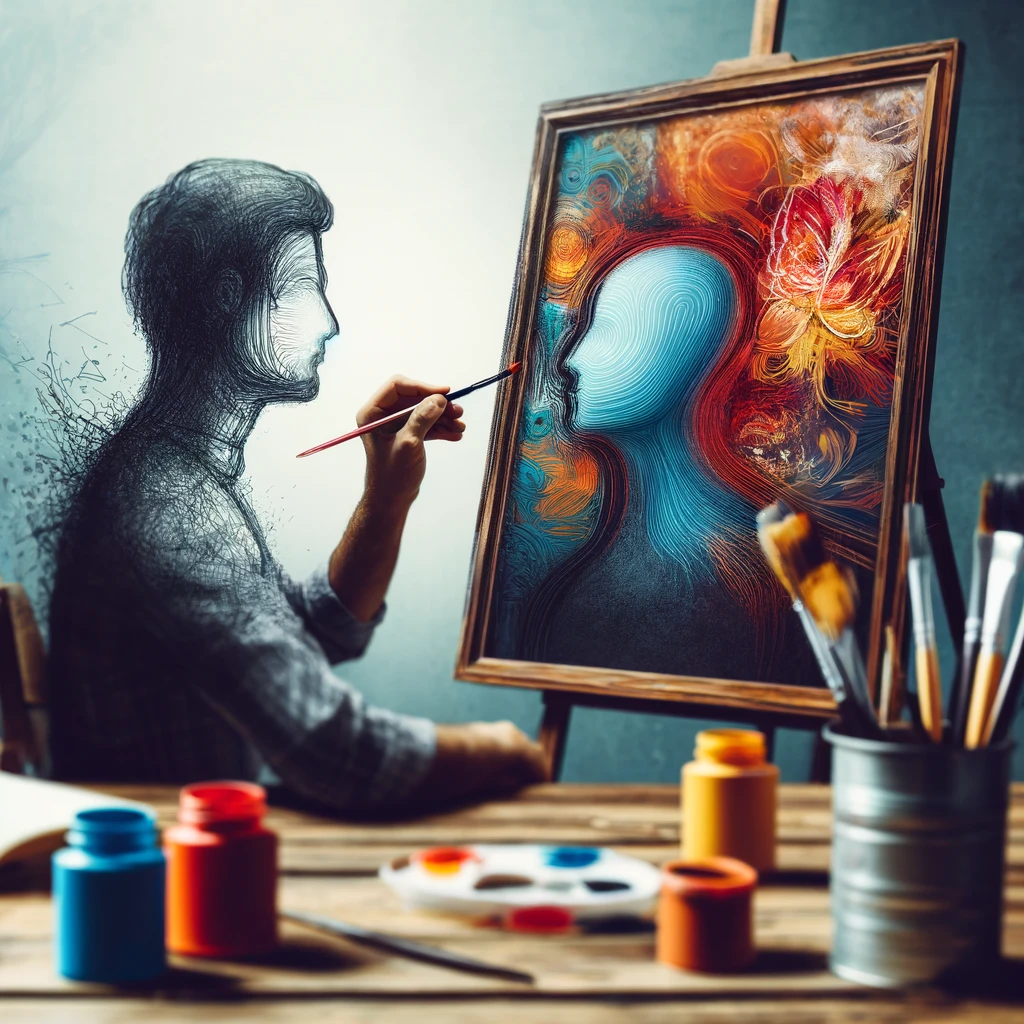
Fabric Art: Create a tactile piece using fabric scraps, allowing you to focus on texture and the sensory experience rather than precise visual outcomes.
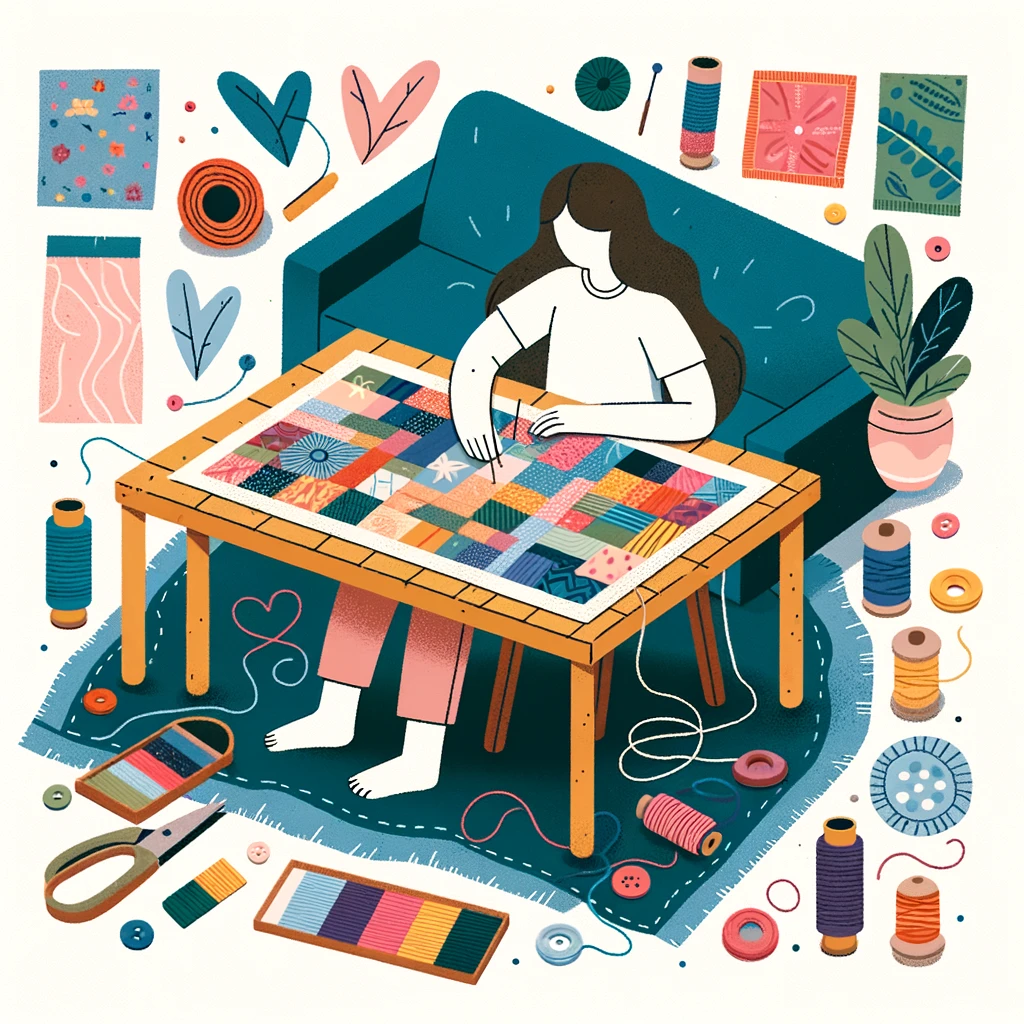
Music-Inspired Painting: Let music guide your painting, using its rhythm and tone to influence your artistic expression, linking auditory and visual creativity.
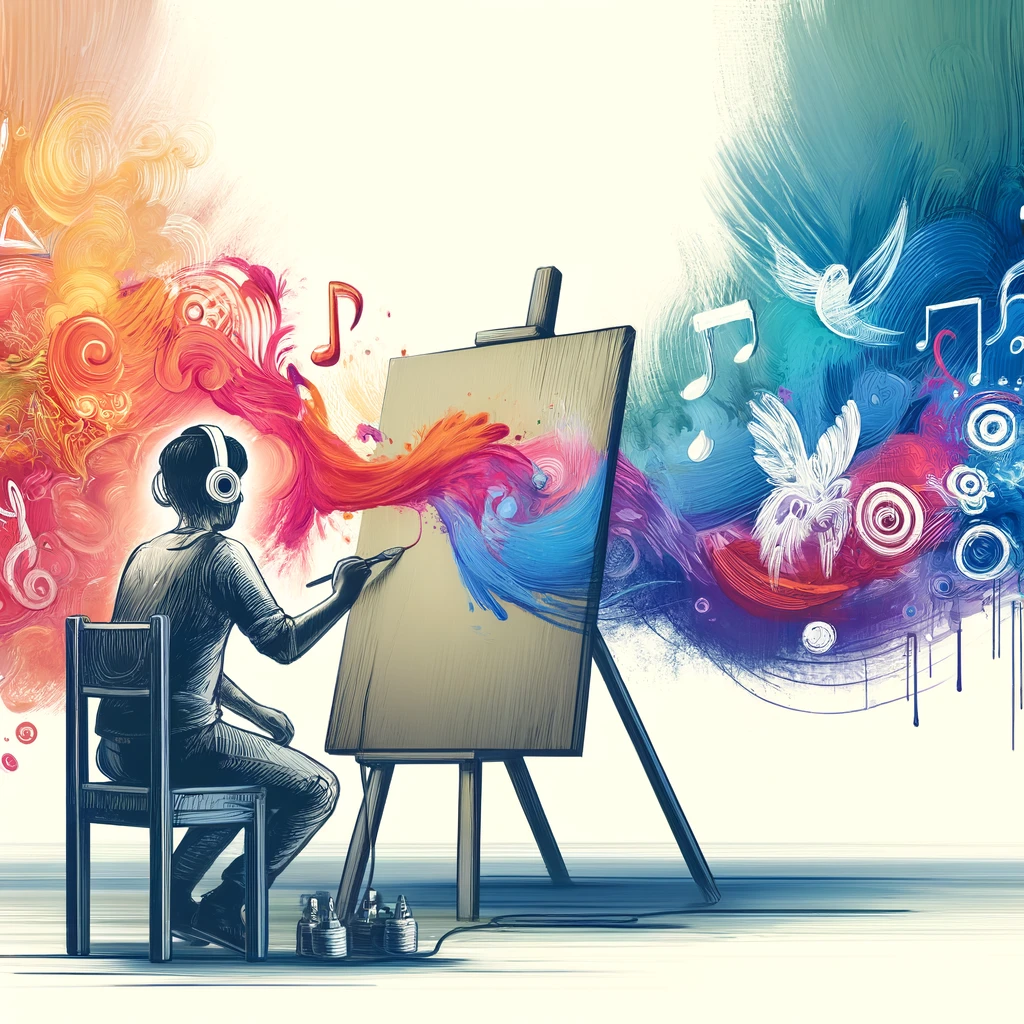
Integrating Art Therapy into Daily Life
To incorporate art therapy into your routine, designate a small, inviting space in your home where you can keep your art materials accessible. Allow yourself time each week to engage in your chosen art activity without judgement about the outcome. This regular practice can serve as a powerful tool for self-care and emotional exploration.
Conclusion
Art therapy provides a non-verbal language for emotions, offering a powerful means to express and understand oneself. For non-artists, engaging in simple art therapy exercises can be an enriching way to enhance mental well-being, reduce stress, and cultivate a deeper connection with oneself.
For those interested in exploring art therapy further or integrating it into therapeutic practice, remember it’s not about skill but about expression. Everyone has the potential to express through art, and doing so can open new pathways to personal insight and emotional health.
Contact Us
For more detailed information or to explore how art therapy can benefit you or your organisation, please do not hesitate to contact us at Cat & Crow. Our team is dedicated to providing resources and guidance on using art as a therapeutic tool for enhancing well-being across various settings.

